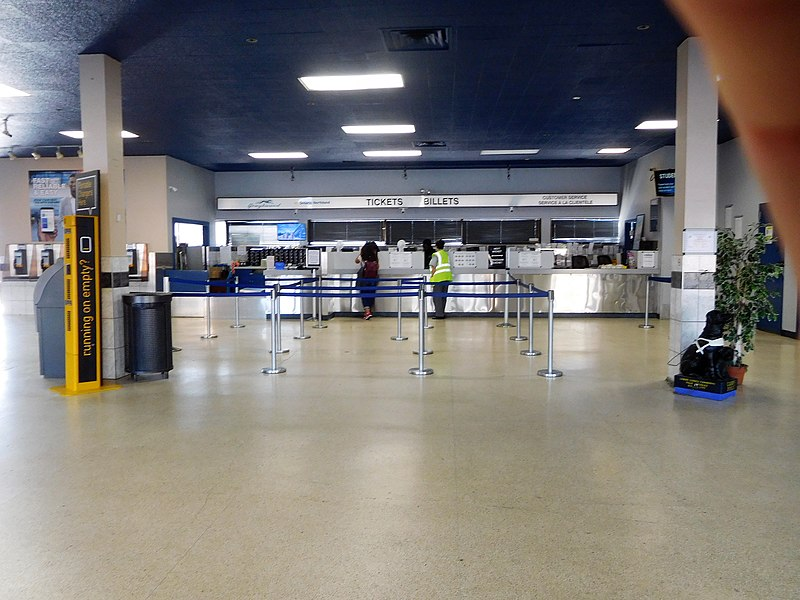The Ottawa Central Station began operating in 1972. Of course, before the bus station appeared, Ottawa had municipal public transit. Ottawa is an old city, but at the same time, quite large and rapidly developing, which requires constant infrastructure improvements. Such measures are necessary to ensure that people do not experience problems such as traffic jams and traffic congestion when moving around the city. Accordingly, improvements to the city’s infrastructure include the construction of new roads and stations, plus the emergence of new public transit. Read more at ottawa-future.com.
Bus station life
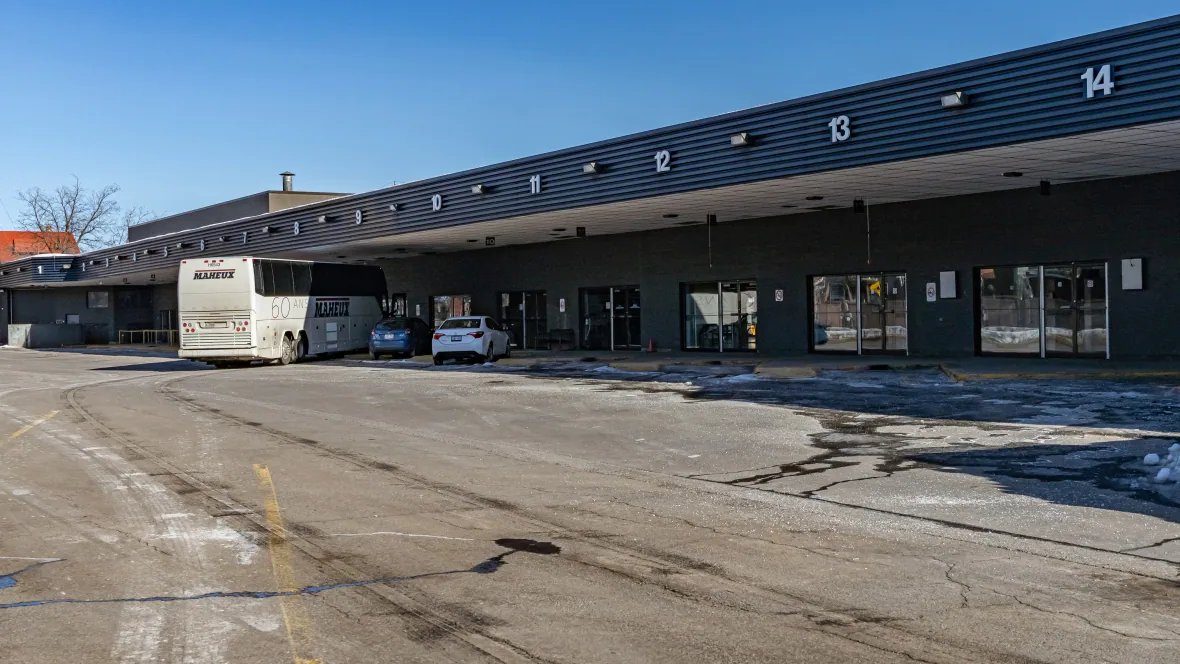
The bus station was opened in 1972. Many buses to a variety of destinations departed from it. The bus station has served Canadians for almost fifty years.
In the last century, the Ottawa Central Station had the same management as the Bus Central Station in Montreal. These two bus stations were owned by the Gare d’autocars de Montréal. But after a while, the company sold one of the bus stations to the Quebec government. During its existence, the bus station had many owners.
In 2011, all the bus station terminals once owned by Gare d’autocars de Montréal were sold to Corporate Customer Service Limited. This firm was a contractor for Greyhound Canada. A new company, Ottawa Central Station, was formed to manage the bus terminals at Ottawa Station. However, the building itself and the bus parking lot were owned by another company, the Crerar Silverside Corporation.
Bus station relocation
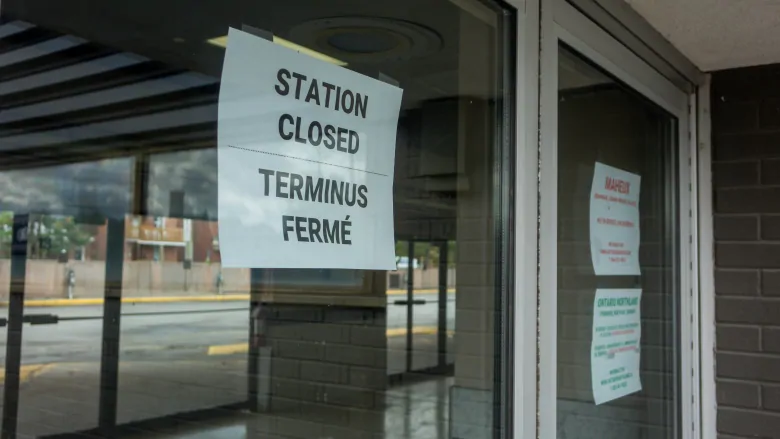
Before the building was purchased in 2011, there were plans to move the bus station closer to the Via Rail station along Tremblay Road in 2010. That provided an opportunity to create an even more efficient transportation hub in Ottawa along with the proposed light rail.
Ottawa Mayor O’Brien reported in 2010 that negotiations to move the bus station were going quite well. But, in fact, negotiations with the station owner where they wanted to move the Ottawa bus station never took place. Accordingly, when the station owner found out about it from the media, controversy arose, making Ottawa residents change their attitude toward the mayor as well as toward politicians and business people.
After analyzing the situation and carefully studying the plan to move the bus station, it became clear that moving the station to another location would be highly inconvenient. The inconvenience was that the new location of the bus station would be far from the downtown area. In terms of logistics and infrastructure development, moving locals between suburbs, cities and countries would not make it very comfortable.
After a while, the plans changed. The bus station owner showed the reconstruction plan of the bus station to the public, which visually illustrated the improvement of the building’s exterior and the modernization of the bus terminal. It was also planned to repair the heating and ventilation system.
The only way to leave the bus station in the same place and do reconstruction was for Greyhound to sign a long-term contract with the bus station owner. This contract implied that the bus station would operate for a certain amount of time, but then the building would change its designated purpose.
In 2011, the bus station owner changed the designated use of the bus station site. It was a contingency plan in case Greyhound decided to reconsider or did not want to continue cooperating. After a while, Greyhound finalized a long-term lease with Crerar Silverside Corporation, so the bus station terminal did not have to be relocated.
In 2011, the bus station owner changed the designated use of the bus station site. It was a contingency plan in case Greyhound decided to reconsider or did not want to continue cooperating. After a while, Greyhound finalized a long-term lease with Crerar Silverside Corporation, due to which the bus terminal would not have to be relocated. Afterward, the company signed a contract with the bus station owner and implemented the promised modernization of the building.
Bus station location
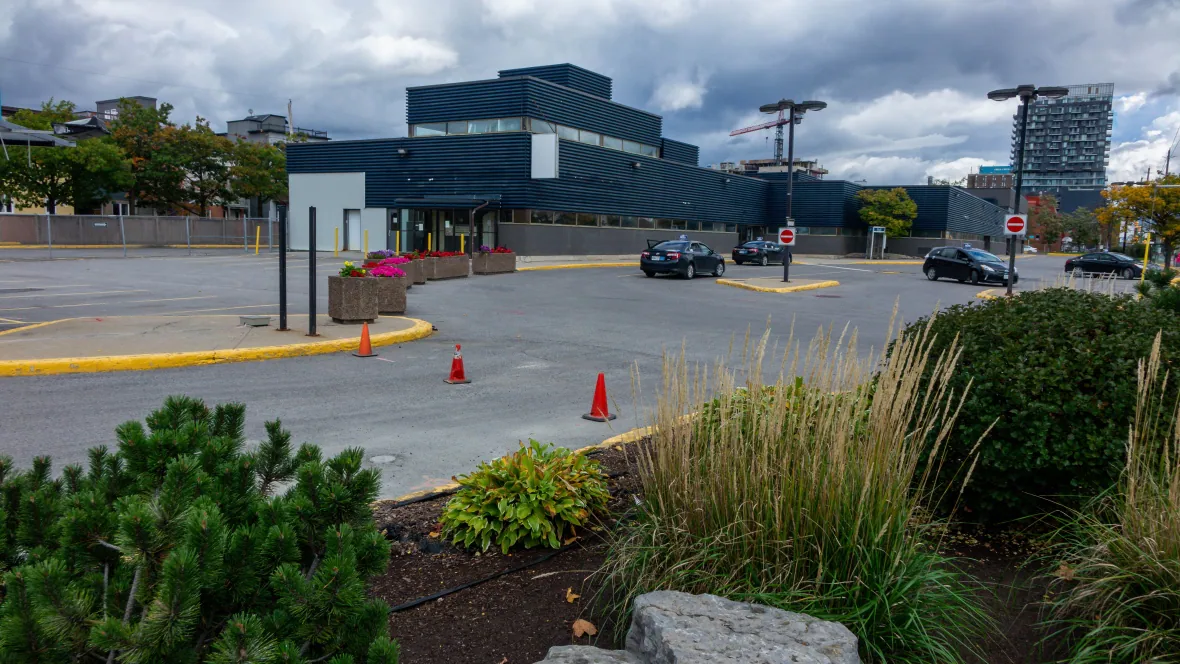
The Ottawa Central Station had a very convenient location. It was just one and a half kilometers south of the downtown area of Ottawa in the Centertown neighborhood.
The bus station was on Catherine Street, a short distance from Lyon and Kent Streets. The Catherine Street location of the bus station was very logistically convenient because it was just north of King’s Highway 417, the most major expressway that runs through the city of Ottawa.
The station used to be accessible very quickly thanks to Highway 417 and the railroad, which ran trains numbered 120 eastbound and numbered 119 westbound.
The main doors of the bus station faced south, toward Catherine Street and Highway 417. A driveway was located on the north side of the bus station. There were fourteen bus stands with gates.
In addition, some of the city’s attractions were located near the Ottawa Central Station. It was very convenient for tourists who wanted a quick sightseeing visit to the city. For example, one of the prominent places was the Canadian Museum of Nature, located at Metcalfe Street. Next to the bus station was a well known shopping street with a long history. Tourists usually visit various shops, bars and restaurants there.
Moreover, the bus station was relatively close to other major infrastructure. The Ottawa Train Station was about 5 kilometers from the bus station and Ottawa MacDonald-Cartier International Airport was about 11 kilometers away.
Closing of the 50-year-old bus station
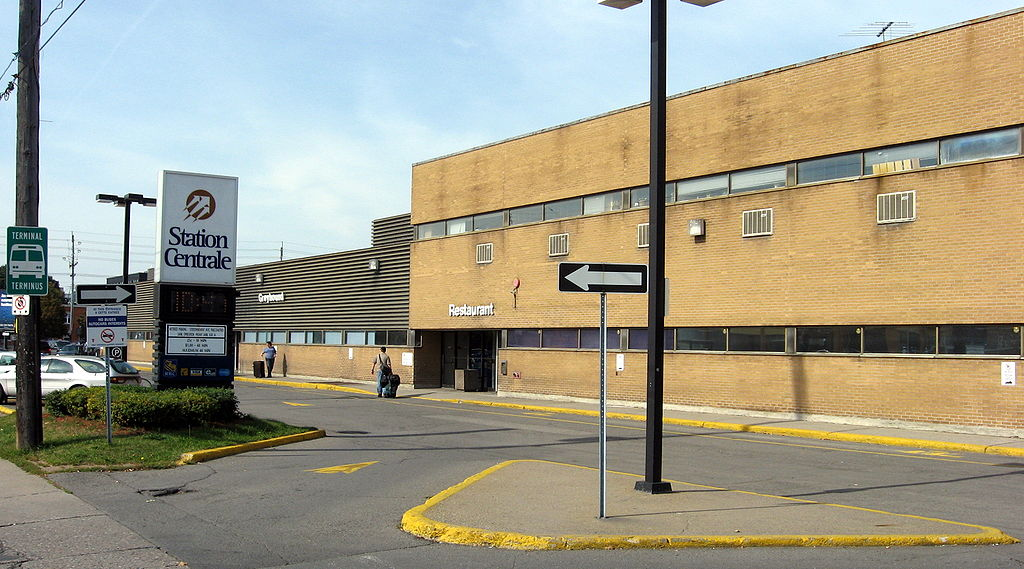
The bus station was closed in the summer of 2021 as the land on which the bus station building stood changed hands. The developer who purchased the Ottawa Central Station building wanted the whole place transformed. They planned to build a multi-purpose space where people could live and have restaurants, shops and more.
The city’s bus station served Ottawa residents and visitors to Canada’s capital city for many years. Its location was very convenient for getting on and moving between cities.
